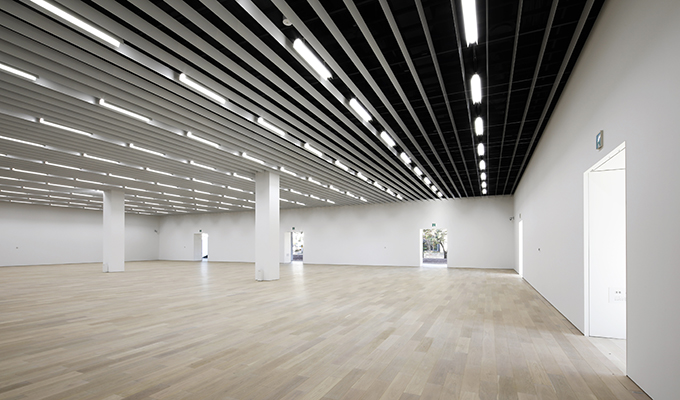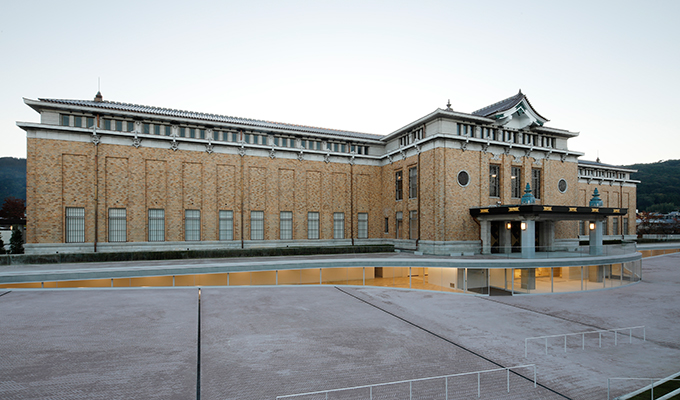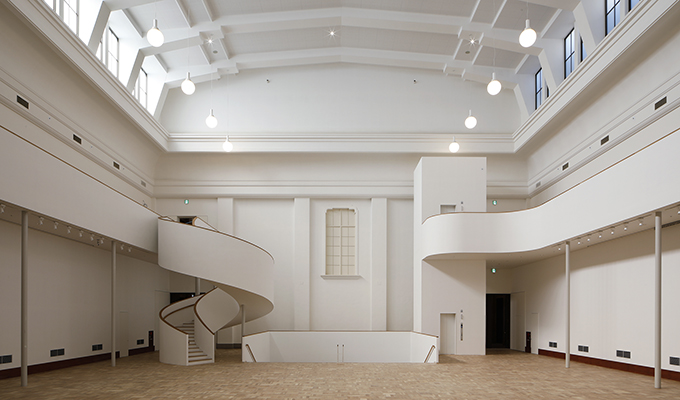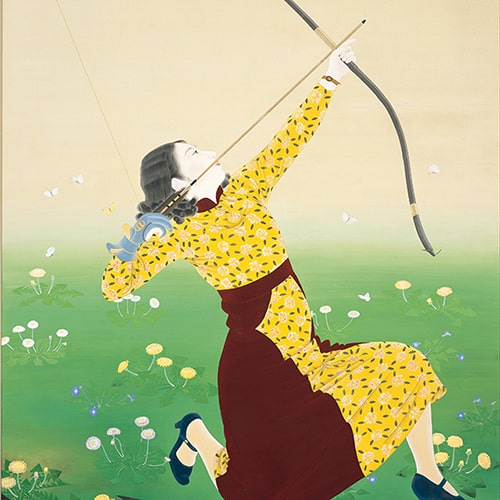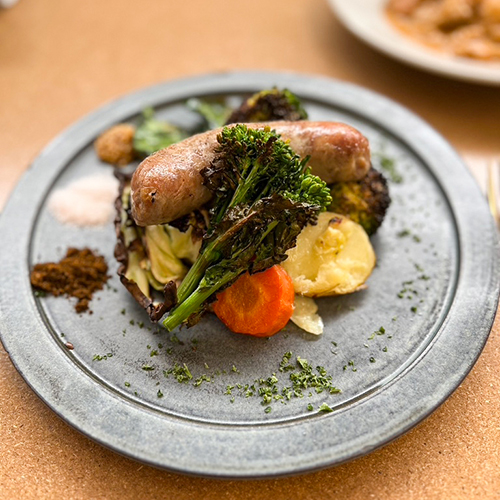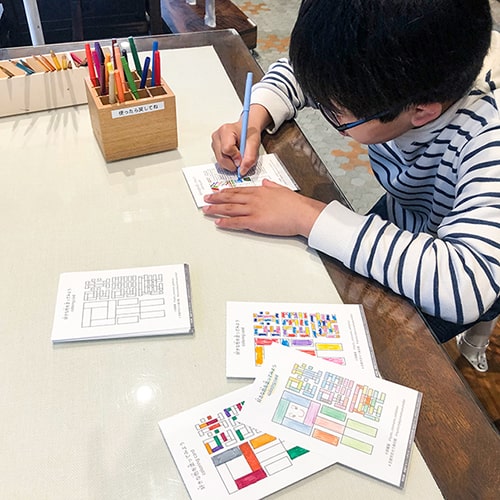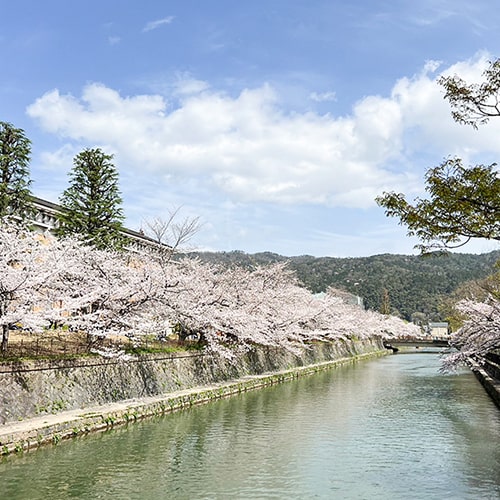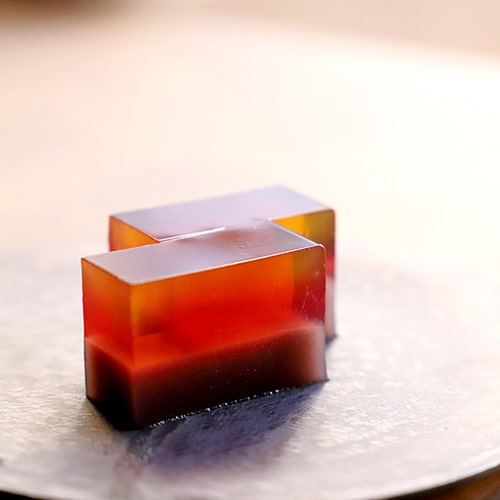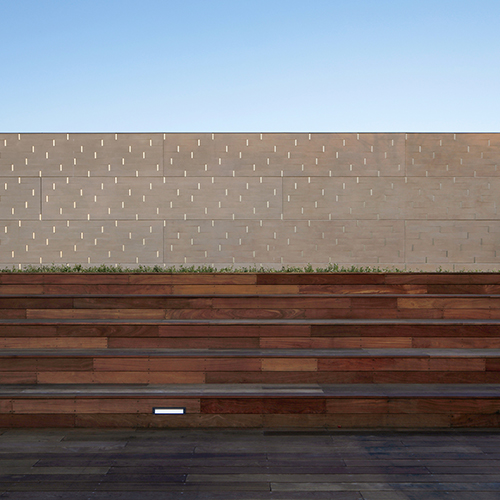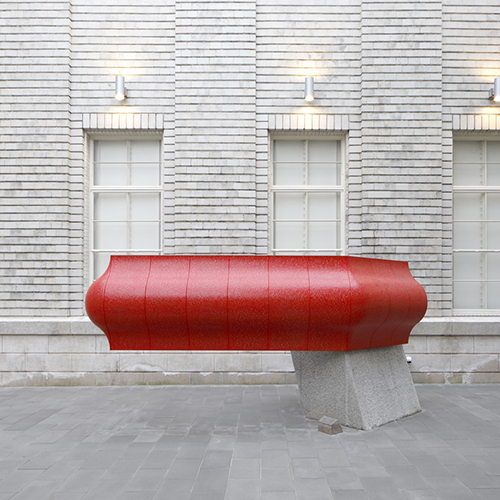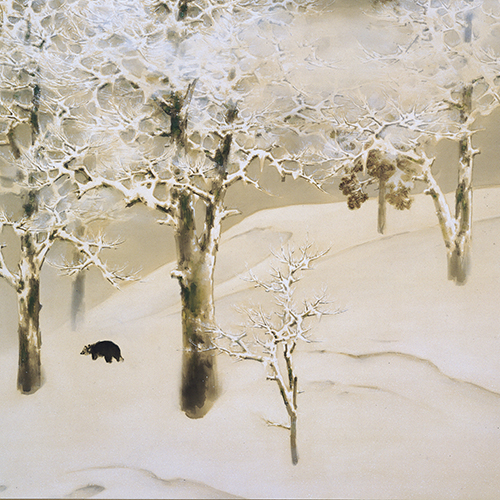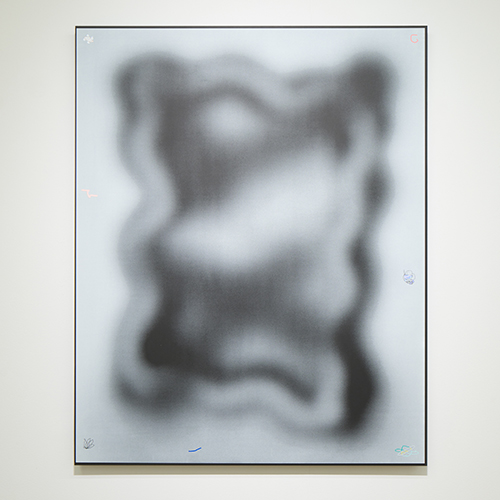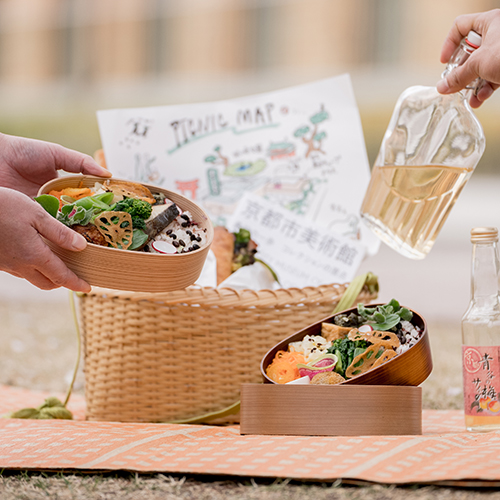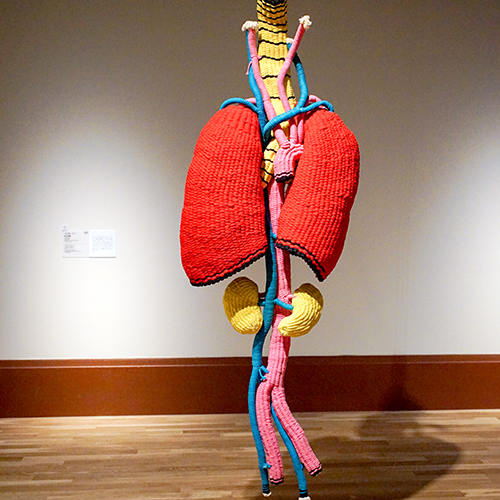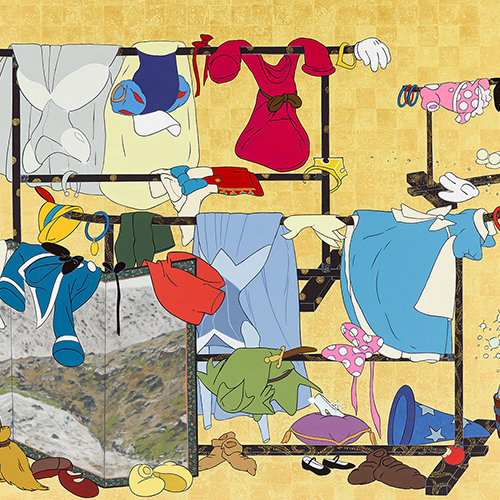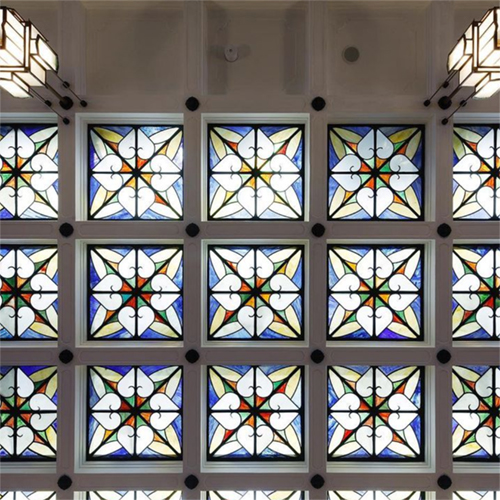16 days remaining
Special Exhibition
The 100th Anniversary of Mingei: Kyoto’s Legacy of Everyday Life
2025/9/13-2025/12/7
Venue [ Main Building(South Wing)1F ]
-
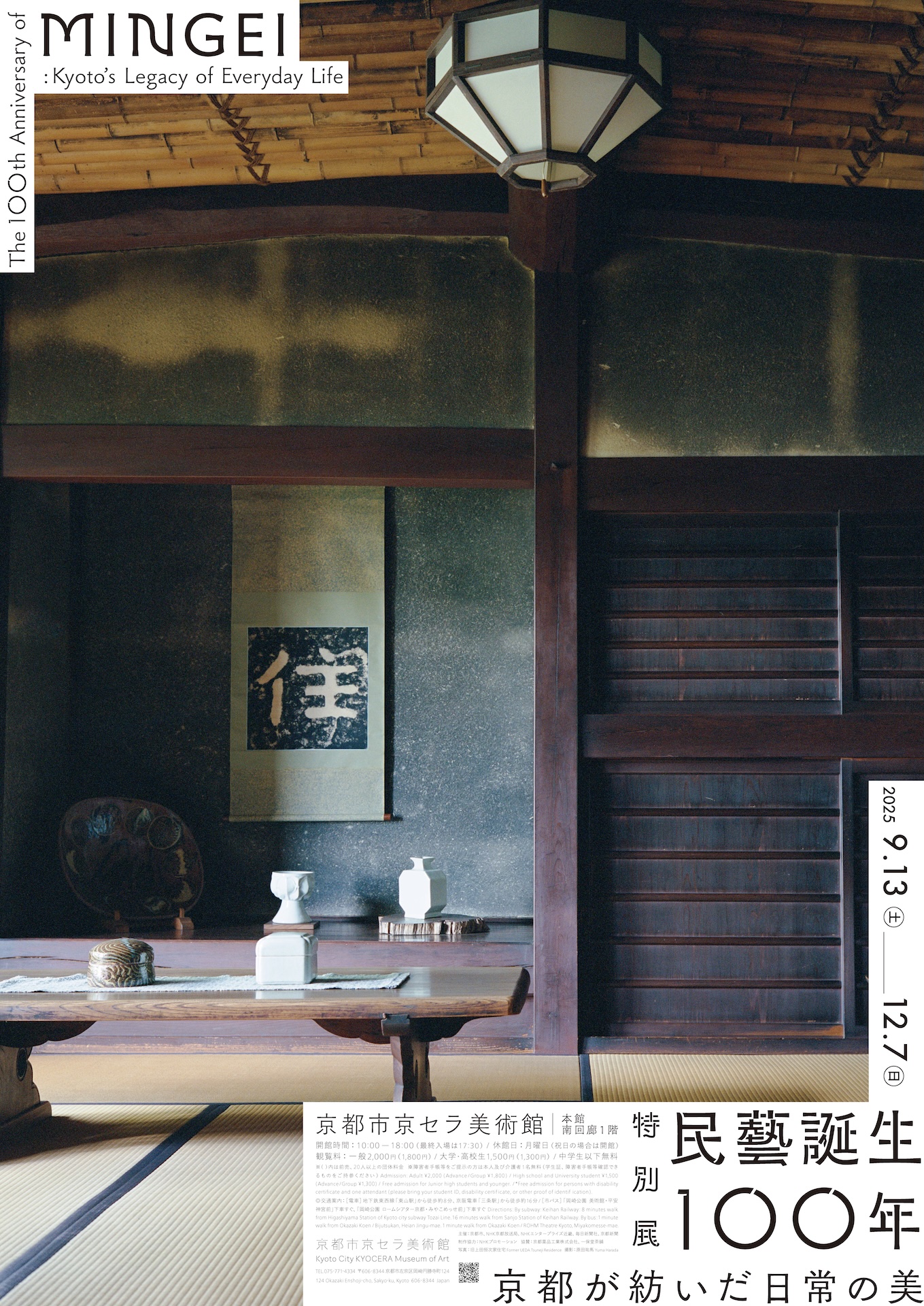
The Mingei movement began through gatherings in Kyoto between philosopher Yanagi Soetsu, and potters Kawai Kanjiro and Hamada Shoji. During a research trip to study Mokujiki’s wood-carved Buddhist statues , their discussions deepened, leading to the coining of the term “mingei” (“folk art”) in 1925. To mark the 100th anniversary of the term’s inception, we are holding the special exhibition, The 100th Anniversary of Mingei: Kyoto’s Legacy of Everyday Life, which reveals the relationship between Mingei and Kyoto.
Note: In 1926, Yanagi Soetsu, Hamada Shoji, Kawai Kanjiro, and Tomimoto Kenkichi jointly published The Purpose of Establishing the Japan Folk Crafts Museum. In 1936, the Japan Folk Crafts Museum was opened in Komaba in Tokyo.
The Deep Connection between Kyoto and Mingei
Yanagi Soetsu, who was affected by the 1923 Great Kanto Earthquake and relocated to Kyoto the following year, lived in the city for nearly a decade. It was in Kyoto, through his friendships with others, that the term “mingei” was born, at a time when Yanagi and his colleagues began seriously collecting assorted utensils from places such as Kyoto’s morning markets. The journey of Mingei, which began in the late Meiji era and continued through the Taisho and Showa periods with the modernization of Japanese society, transformed the concepts of food, clothing, and shelter in people’s daily lives, turning into a movement that spread from Kyoto to the rest of Japan and the world. At this centennial milestone here in Kyoto, an examination of the anonymity, simplicity, and beauty found in the Mingei movement, which spread to the general public amidst Japan’s modernization, will bring new perspectives on contemporary life and our emotional connection to it.Exhibition Highlights
Starting with the Mokujiki’s wood-carved Buddhist figures that led to the birth of the term “mingei,” the exhibition features works by Kuroda Tatsuaki and Aota Goro, who were active in the Kamigamo Mingei Association; craft works made for the “Folk Crafts Museum” and the “Mikuni Manor” by Kawai Kanjiro, Hamada Shoji, and Bernard Leach; items collected by Yanagi Soetsu and others from across Japan, and outstanding works by artists associated with Mingei such as Serizawa Keisuke and Munakata Shiko. Additionally, the exhibition showcases works and materials related to key figures who promoted and supported the Mingei movement in Kyoto, including English scholar Jugaku Bunsho, Kyoto confectioner Kagizen Yoshifusa, beef hot pot restaurant Junidan-ya in Gion, and Ueda Tsuneji who advanced Mingei architecture, providing a comprehensive overview of the relationship between Kyoto and Mingei.
Information
- Period
- September 13 (Sat.) - December 7 (Sun.), 2025
- Time
- 10:00-18:00 (Last admission 17:30)
- Venue
- Main Building(South Wing)1F
- Closed on
- Mondays, except pubic holidays
- Admission
- Adult ¥2,000 (Advance/Group ¥1,800)
University & high school student ¥1,500 (Advance/Group ¥1,300)
Free admission for Junior high students and younger
*Tax included.
*Free admission for persons with disability certificate and one attendant.
*Please bring your student ID, disability certificate, or other proof of identification.
Tickets will be available from July 1, at Museum official tickets sale (ART PASS), exhibition official tickets sale (e-tix), Ticket PIA, LAWSON TICKET, CNplayguide, eplus, 7ticket and ASOVIEW!.
- Organizers: City of Kyoto, NHK Kyoto Station, NHK Enterprises Inc. Osaka Branch Office, The Mainichi Newspapers, The Kyoto Shimbun
- Production Support: NHK Promotions Inc.
- Sponsors: Kyoto Pharmaceutical Industries, Ltd., IPPODO TEA, Gallery St. Ives

